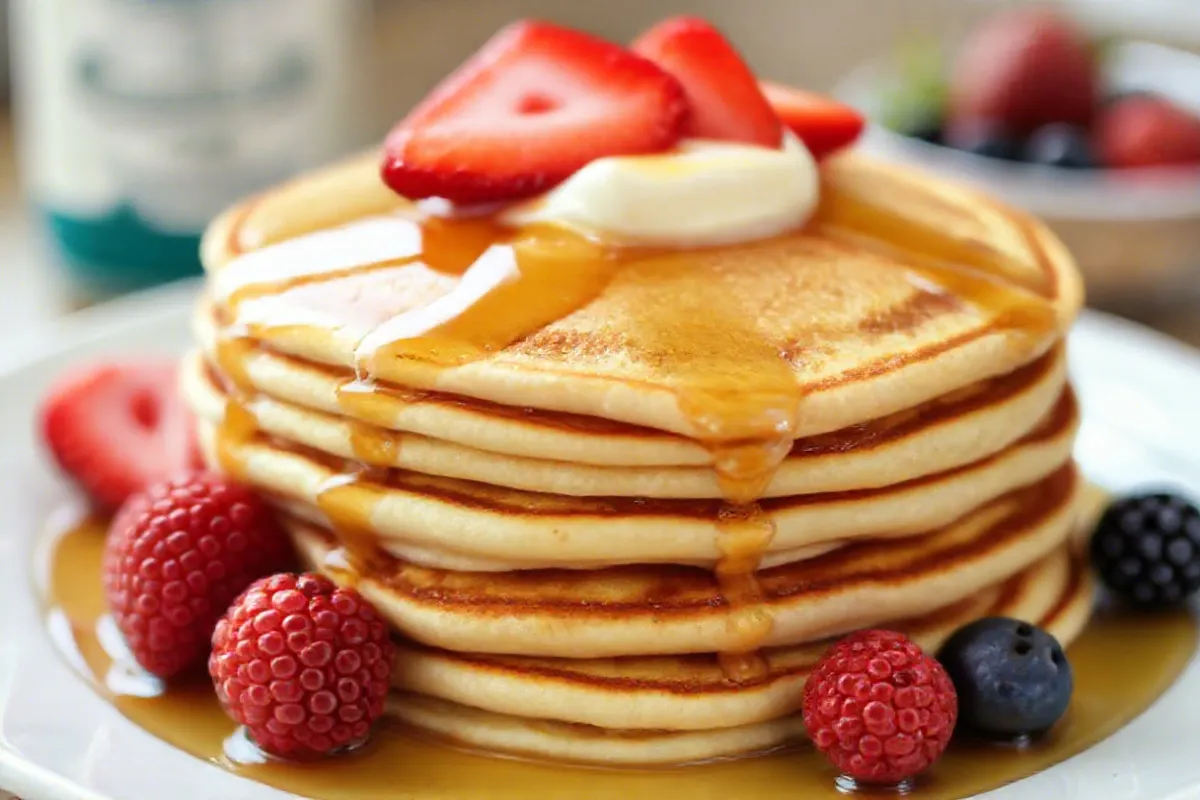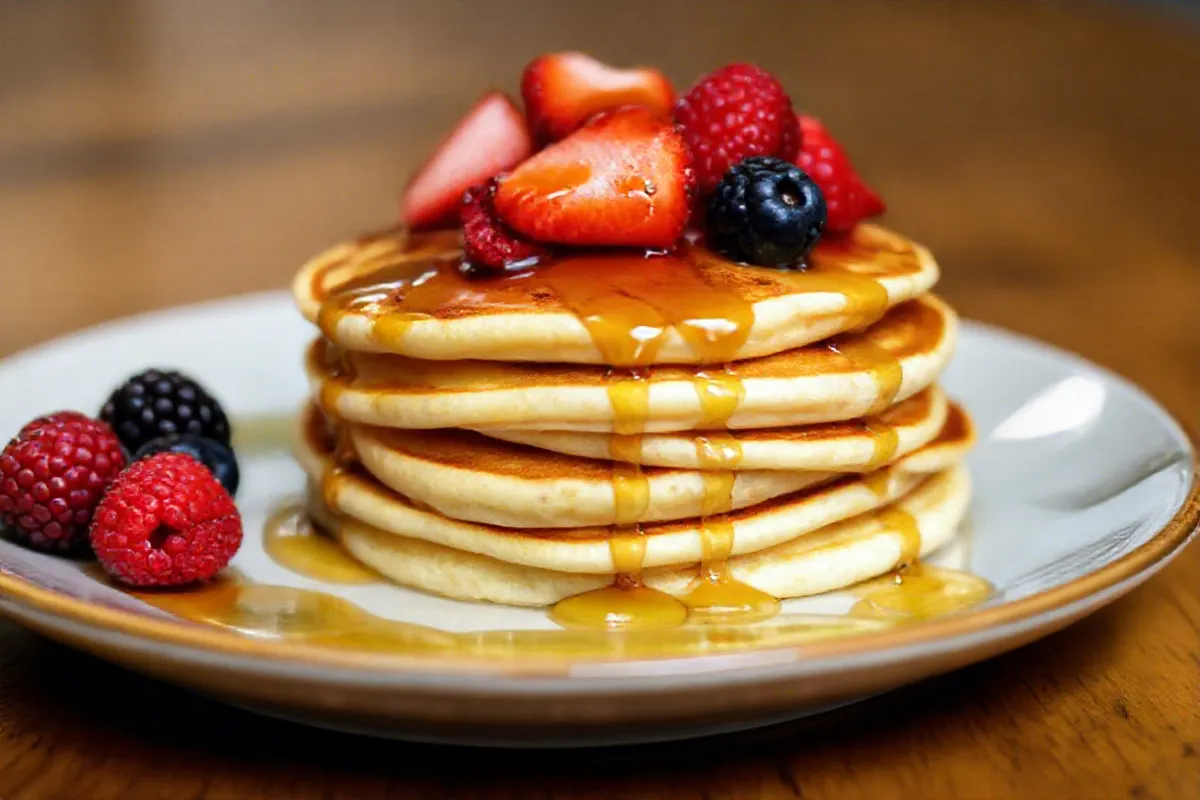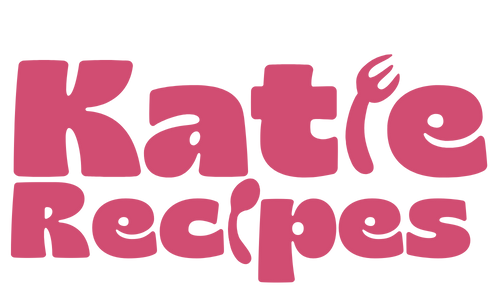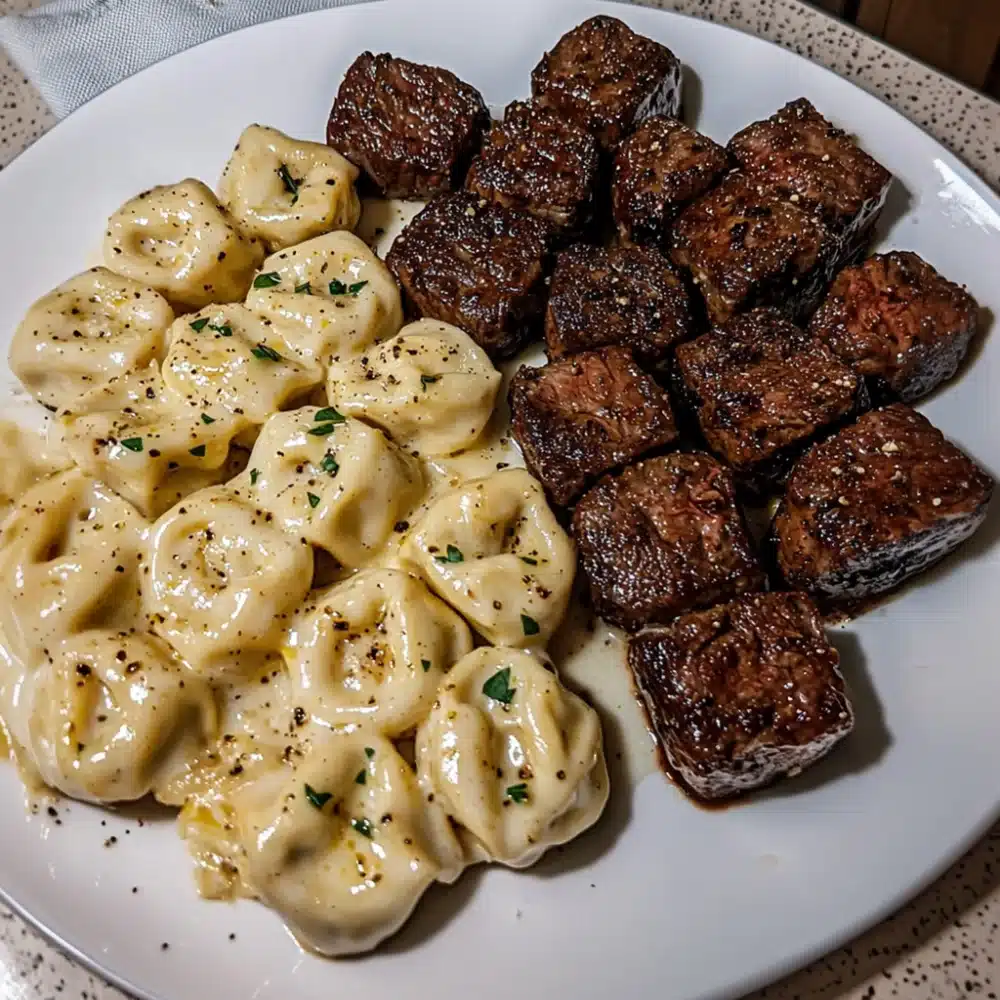Kodiak Cakes have become a popular choice for people who want a delicious and protein-packed breakfast. But one common question comes up when making them: should you use milk or water? In this article, we will explore the differences between using milk and water in Kodiak pancakes, how each affects the taste and texture, and provide tips to help you decide which option is best for you.
Introduction to Kodiak Pancakes
Kodiak Cakes have gained a strong following for being a convenient and nutritious breakfast option. Their mixes are made with whole grains and are high in protein, which makes them an excellent choice for anyone looking to start their day with a filling meal. Whether you’re a fitness enthusiast or just love pancakes, Kodiak Cakes offer an easy and versatile way to make pancakes that suit your taste and dietary needs.
Kodiak Cakes can be made using either water or milk as the liquid ingredient, and the choice you make will impact the flavor, texture, and nutrition of the pancakes. So, let’s explore the benefits of both options and see which might be the better choice for your pancakes.
Basic Overview of Kodiak Pancake Mix
The Kodiak Pancake Mix is a blend of whole grains and added protein, making it a popular option for people looking to combine nutrition with convenience. The pancake mix contains essential ingredients like flour, baking powder, and salt, along with added protein.
This mix is versatile and designed to work with either water or milk as the liquid base. Both options will create delicious pancakes, but each has its unique effect on the final result. Here are some key benefits of using the mix:
- Whole grains: Kodiak pancakes are made with whole wheat flour, which provides fiber and other nutrients.
- Protein: Each serving has around 14 to 17 grams of protein, depending on the liquid you use.
- Quick and easy: Just add your chosen liquid, mix, and cook.
For more about the benefits of whole grains, you can visit this helpful article on whole grains.
Key Differences Between Using Milk and Water in Kodiak Pancakes
When making Kodiak pancakes, the liquid you choose—whether it’s milk or water—will make a difference in both the taste and texture of the final product. Here are the main differences to consider:
Water
Using water to make Kodiak pancakes is the simplest and most convenient option. Water creates a lighter, more neutral flavor for your pancakes, and it helps keep the calorie count lower.
- Lighter texture: Pancakes made with water tend to be less dense and have a lighter feel.
- Lower calories: Water adds no extra calories, making it a great option for people watching their calorie intake.
- Neutral flavor: If you prefer your pancakes to have a more subtle flavor that lets toppings stand out, water may be the better choice.
One of the advantages of using water is that it maintains the original nutrition profile of the pancake mix, with 14 grams of protein per serving. This makes it a good option for people who are looking for a quick and light breakfast that still offers some protein and nutrition.
For more on the simplicity of using water, check out how protein impacts breakfast.
Milk
On the other hand, milk gives your pancakes a richer flavor and a creamier texture. It adds extra nutrients like calcium and vitamin D, and it also boosts the protein content of the pancakes.
- Creamier texture: Milk makes the pancakes softer and fluffier, giving them a more satisfying mouthfeel.
- Richer flavor: Milk adds a slight sweetness and richness to the pancakes, making them more flavorful.
- More protein: Using milk instead of water increases the protein content to around 16-17 grams per serving.
If you enjoy pancakes that are soft, creamy, and rich in flavor, then milk is likely the better option for you. While it does add extra calories, the taste and texture improvements are worth it for many people.
Water: Simplicity and Neutral Taste
Water is an easy and straightforward choice when making Kodiak pancakes. It is accessible and calorie-free, making it ideal for those who want to keep things simple and light.
Why Choose Water?
- Convenience: Water is always available, so there’s no need to worry about having milk on hand.
- Light texture: If you prefer pancakes that are less dense and more airy, water is the way to go.
- Low-calorie: Water won’t add any extra calories to your pancakes, making it a good choice if you’re looking to reduce calorie intake.
Here is the basic recipe for Kodiak pancakes with water:
| Kodiak Pancake Mix | Water |
|---|---|
| 1 cup | 3/4 cup water |
Mix the ingredients until combined, then cook on a heated griddle or pan.
Milk: Enhancing Flavor, Texture, and Nutrients
If you want richer and more flavorful pancakes, using milk is a great option. The added fat and protein from milk give the pancakes a creamier texture and fuller flavor.
Why Choose Milk?
- Fluffy pancakes: Milk gives the pancakes a soft and fluffy texture that is hard to beat.
- Added flavor: The slight sweetness of milk enhances the flavor of the pancakes.
- Increased protein: Using milk increases the protein content, making the pancakes even more nutritious.
Here is the recipe for Kodiak pancakes with milk:
| Kodiak Pancake Mix | Milk |
|---|---|
| 1 cup | 3/4 cup milk |
Like with water, mix until combined and cook on a heated griddle or pan.
Using Plant-Based Milks in Kodiak Pancakes
If you’re lactose-intolerant or prefer non-dairy options, you can also use plant-based milks like almond, coconut, oat, or soy milk. Each plant-based milk will bring its own unique flavor and texture to the pancakes.
Popular Plant-Based Milks
- Almond milk: Adds a light, nutty flavor and has fewer calories than cow’s milk.
- Coconut milk: Adds a slightly sweet and tropical flavor to the pancakes.
- Oat milk: Provides a creamy texture with a natural sweetness, making it a great alternative to regular milk.
- Soy milk: Offers a neutral taste similar to cow’s milk and has a higher protein content than most plant-based milks.
Recipe for Kodiak Pancakes with Almond Milk:
| Kodiak Pancake Mix | Almond Milk |
|---|---|
| 1 cup | 3/4 cup almond milk |
Mix the ingredients and cook as you normally would. The result is a slightly nutty flavor with a light and fluffy texture.

Nutritional Comparisons: Milk vs. Water vs. Plant-Based Options
Choosing between water, milk, and plant-based milk affects more than just taste and texture—it also changes the nutritional profile of your pancakes.
Water
- Calories: 190 (per serving of mix)
- Protein: 14 grams
- Carbs: 30 grams
- Fat: 2 grams
Milk
- Calories: 230 (with whole milk)
- Protein: 17 grams
- Carbs: 30 grams
- Fat: 7 grams
Almond Milk
- Calories: 210
- Protein: 15 grams
- Carbs: 30 grams
- Fat: 4 grams
The main takeaway is that milk adds more calories and protein, while water keeps things simple and low-calorie. Almond milk, as a plant-based alternative, offers a middle ground with fewer calories than cow’s milk and more flavor than water.
FAQs:
1. Are Kodiak pancakes better with milk or water?
It depends on your preference. If you want richer and creamier pancakes, milk is the better choice. If you prefer lighter pancakes with fewer calories, water works well.
2. What type of milk is best for Kodiak pancakes?
Whole milk adds the most richness, but you can also use skim milk or plant-based milks like almond or oat for a lighter option.
3. How does using milk affect the protein content in Kodiak pancakes?
Using milk increases the protein content from 14 grams (with water) to around 16-17 grams per serving.
4. Can I use almond milk or other alternatives in Kodiak pancakes?
Yes! Almond, oat, soy, and coconut milk are all popular alternatives that slightly change the texture and flavor of your pancakes.

Best Practices for Cooking with Water or Milk
Whether you use milk or water, there are some tips to keep in mind for making the best Kodiak pancakes:
- Don’t overmix: Stir the batter just enough to combine the ingredients. Overmixing can make the pancakes tough.
- Cook on medium heat: Too much heat can burn the outside while leaving the inside undercooked. Keep your heat at a medium level for even cooking.
- Wait for bubbles: Flip your pancakes once you see bubbles forming on the surface.
Creative Additions to Enhance Kodiak Pancakes
While Kodiak pancakes are great on their own, you can enhance them with some simple mix-ins and toppings:
- Mix-ins: Try adding chocolate chips, blueberries, or even peanut butter to the batter for extra flavor.
- Toppings: Maple syrup, yogurt, fresh fruit, and nuts are all excellent toppings to complement the flavor of your pancakes.
Conclusion and Final Thoughts
Both milk and water are great options when making Kodiak pancakes. The choice comes down to personal preference. If you want richer, creamier pancakes with more protein, go for milk. If you prefer lighter pancakes with fewer calories, water is a fantastic option. And don’t forget about plant-based milks—they can offer a unique twist to your pancake experience!
Try experimenting with different liquids to see which one you like best, and enjoy your delicious Kodiak pancakes!





